Every year on the 1st day of the 7th month lunar calender, the Chinese believe the gates of hell are opened, and the spirits are released to the earthly realm. Liew Kai Khiun shares his reflections of the rituals conducted at Bukit Brown Cemetery for the wandering souls.
Remembering the Forgotten and Forsaken
I had the opportunity to participate in one of the rituals for the lunar 7th Month festival at Bukit Brown Cemetery. Known as the “Hungry Ghost Festival”, this is a time where souls are released from hell for a month to roam the human realm. Although considered an inauspicious month where no weddings and property transactions takes place, it is actually a time for the living to remember the forgotten dead. Even the practice can be seen to be feudal, it is actually a spiritual extension of acts of charity to the wandering and homeless souls.
Long before it was known to the larger public, devotees from temples have quietly organized rituals to commemorate the nameless souls from the pauper graves of Bukit Brown Cemetery. While I have participated in Chinese folk religious rituals since I was a kid (particularly during military service), being self-taught in Karl Marx, I am not a very religious person. But, since the finalization of plans to run a mega expressway through Bukit Brown Cemetery by the end of the year, I felt the need to apologize and beg for forgiveness for not doing enough to stop this soulless project of the living from penetrating into this soulful place of the dead.
The night with this particularly group of devotees and the priest has been my most soulful and spiritual experience in Bukit Brown Cemetery. As the priest blessed my car before I exit the premise in the wee hours of the morning, I have never felt so tranquil and at ease driving home. Although these activities are done away from the public limelight, I feel the need to pen my thoughts here to clear common misconceptions and prejudices of such practices.
I am also truly humbled by their continued efforts without any intention of public recognition whatsoever. For those who have been forgotten and forsaken in life, it is rituals and activities like such that we try to remember them in their after-life.
It is not the road, but the rich cultural and ecological diversity that gives Singapore a soul.
Co-existence of Culture and Nature: This is a wonderful moment where smoke from the incense emerges amidst the hanging roots and leaves
Footnote: Unlike in HDB estates, these devotees do clean up and pack up after the rituals end
For more from Kai Khiun’s album, please click here
Since the news of the redevelopment of Bidadari Cemetery in the late 1990s, Kai Khiun has been involved in advocacy of Singapore’s built and natural heritage. As an academic, he has also been involved in the research and documentation of socio-cultural and historical issues in East and Southeast Asia, and has published some works recently on the use of the social media by conservationists in Singapore.
by Jason Kuo ( 郭子澄)
A unique feature of some of the graves in Bukit Brown is the inclusion of the “Emperors’ Regnal Years or Eras” inscribed on the tombstones. Just as the British refer to the Victorian or Edwardian eras and America, the antebellum years, the regnal years speak to the milieu of the times under each emperor’s rule.
The regnal years are also sometimes combined with the Chinese zodiac year (天干地支), which is a 60- year cycle with each year represented by one of 12 animals (十二生肖), and each animal appearing five times in the cycle to form 60 years.
The inscription on this tomb in the Greater Bukit Brown area is of the 34th year of the Emperor Guangxu (光绪)and the zodiac year of the monkey. Guangxu’s first year of rule began in 1875, so his 34th year would be 1908 of the Gregorian year which was the year of the monkey. The deceased died in 1908, also the year Guangxu died.
With the exception of a long-reigning emperor, such as Qianlong (乾隆), any zodiac year most likely falls only once during each emperor’s reign in the last 150 years of the Qing Dynasty (清朝). For example, the year jiawu (甲午) – the year of the horse – only fell once during the reign of Guangxu. Thus the Jiawu of the Guangxu reign (“光緒甲午年”) is roughly 1894 of the Western era. This was the year of the First Sino-Japanese War, when Taiwan was ceded to Japan.
Four years later in 1898, Emperor Guangxu launched his abortive reform programme. Known as the 100-days reform (百日维新), its failure led to the execution of martyrs, the house arrest of the emperor (and continued rule by the Empress Dowager Cixi 西太后慈禧), and increasing radicalization of Chinese intellectuals. Emperor Gyangxu’s reign, was marked by defeat at the hands of the Japanese, and failure to push through reforms aimed at improving the lives of the Chinese.
Xinhai (辛亥)– the year of the pig – in 1911 was the year of the Wuchang Uprising (武昌起义) that eventually toppled the Qing dynasty. With the demise of the Qing dynasty, the “reign” title becomes Minguo 民国(民國), the republic.
This tomb shows the Mingguo year 32 on the left shoulder. Add on 11 and the year of death is 1943 in the Gregorian calendar, when Singapore was under Japanese occupation. The tomb is also inscribed with the Japanese Imperial calendar year of 2603 on the right shoulder. The Imperial year 1 (Kōki 1, 皇纪) was the year when the legendary Emperor Jimmu (神武天皇) founded Japan in 660 BC, according to the Gregorian calendar. By subtracting 660 from the Japanese imperial calendar year of 2603, we arrive at the equivalent Gregorian year of 1943.The tomb belongs to Dolly Tan whose name is inscribed in Japanese as : “Do-Ri-Tan,” to the the right of the Chinese name.
Taiwan still uses the Minguo “reign” year calendar, alongside the Gregorian calendar. This year, 2013, is Minguo 102.
About Jason Kuo (郭子澄): Born in Taiwan to mainland Chinese parents, Jason came to Singapore when he was six. Educated in Nanyang and Chinese High, he was drawn to Chinese history in particular, because as a child of of refugees, he wanted to understand his roots. He says growing up in Singapore was a wonderful experience as he was exposed to a great variety of languages and cultures. Jason, now works and lives in Hong Kong.
Further observations by the writer on the inscriptions on Dolly Tan’s tomb:
The modern Japanese dating system is identical to the Chinese imperial system. Each emperor’s reign is marked by a reign title. The current emperor’s reign title is Heisei 平成, beginning in 1989. The prior emperor ascended the throne in 1925, and was one of the longest serving monarchs in history. The Showa 昭和 reign began in 1925, and covered the years when Singapore was brutally ruled as Shonan-To 昭南島 [i.e., the southern island of Showa]. As the old emperor entered his 60th year of reign, the Japanese government was still putting out budget proposals that extended to Showa 100 or beyond, since an emperor’s mortality should never be questioned. I’m also intrigued that the tomb uses the lunar dating system even though the year is already Minguo [Minguo 32. 5th day of 4th moon], but in the Japanese rendition it kept the Gregorian system [Imperial year 2603, June 28]
霹雳五帮籍贯坟墓的造型与文化
李永球
霹靂州太平華聯中學初中三畢業,自中學開始對本邦歷史民俗 深感興趣,畢業後,一面協助父親小販事業,一面進行田野調查工作。並以李桃李、峇峇球等筆名,發表文章於報章雜志上。2004年成為全職的文史田野工作 者,足迹踏遍我国多个地方及国外多个国家。他也是《星洲日报·田野行脚》專欄作者。
本课题主要调查霹雳州太平、实兆远及怡保等地的华人坟墓,囊括福建、客家、广府、潮州及福州五帮籍贯之坟墓造型。霹雳州是个华人聚居的州属,早在十九世纪中叶,就有华人到来这里开采锡矿,并聚居于此。
边镇遗石:边佳兰义山与墓碑考察
莫家浩
2002年寬柔中學畢業,負笈中國大陸,先後畢業於廣州暨南大學與北京大學國際政治系,獲碩士學位。回國後,曾執教寬柔中學古來分校歷史科,現為業餘文史工作者。
邊加蘭在1830年代便有華人活動的記錄,卻異常缺乏文字記載。至今仍保存較為完整的義山群,早至1870年代的上千座墓碑,記錄了先民的籍貫、名字與宗族關係,為研究者提供了珍貴的一手資料。
English Introduction to the talks :
1) The Architecture and Culture of Tombs Belonging to the Five Dialect Groups in Perak
Lee Eng Kew
Eng Kew’s interest in local history and traditional customs manifested itself when he was in secondary school. After graduation, he helped out at his father’s hawker stall while pursuing his interests. In 2004, he became a full time researcher. He also writes a column for the Sin Chew Jit Poh.
This talk focuses on the architecture of tombs in Chinese cemeteries in Taiping, Ipoh and Sitiawan. The tombs examined belong to the Hokkien, Hakka, Cantonese, Teochew and Hock Chew styles.
2)A Study of the Chinese Cemetery and Tombstones in Pengarang
Bak Jia How
A graduate of Jinan University in Guangzhou, Jia How obtained his Masters in the School of International Studies in Beijing University. He was a history teacher in the Kulai branch of Foon Yew High School. He is currently a freelance historian.
Although there were Chinese settlers in Pengarang by the 1830s, historical texts make scant mention of them. In view of this, the old tombstones found in the cemeteries in the area are an invaluable resource for historical research on the chinese communities of Pengarang.
As part of Bukit Brown : Our Roots, Our Future, a series of talks were programmed to enrich the exhibition which was held at the Chui Huay Lim Club, the co-organiser of the exhibition.
Speaker Dr Imran bin Tajudeen gave insights into Singapura’s Historic Cemetery at Jalan Kubor which has royal roots. Several old settlements existed in Singapore besides the Temenggong’s estuarine settlement at Singapore River before Raffles’ arrival in 1819. Among these, Kampung Gelam and the Rochor and Kallang River banks were also sites of historic graveyards related to old settlements of Singapura both before and during colonial rule. The Jalan Kubor cemetery is the only sizable cemetery grounds still largely undisturbed. It belongs with Kampung Gelam history but has been excluded from the “Kampong Glam Conservation District” boundary, and is important for several reasons. It forms part of the old royal port town that was developed when Tengku Long of Riau was installed as Sultan Hussein in Singapore, and is aligned along the royal axis of the town. It is also the final resting place of several traders of diverse ethnicity from the old port towns of our region – neighbouring Riau, Palembang, and Pontianak, as well as Banjarmasin and the Javanese and Bugis ports further afield. Some of these individuals are buried in family enclosures, mausolea, or clusters. Conversely, there are also hundreds of graves of unnamed individuals from Kampung Gelam and surrounding areas. The tombstone forms and epigraphy reflect this immense socio-cultural diversity, and were carved in Kampung Gelam by Javanese and Chinese stone carvers, except for a number of special cases. Several large trees of great age are also found in this lush ‘pocket park’. The talk discusses the histories that can be retrieved from this important site and the dire need to protect it.
Speaker’s Bio
Dr Imran bin Tajudeen is an Assistant Professor at the Department of Architecture, NUS. His research interests centre around vernacular urbanism, house and mosque architecture in Southeast Asia, and critical perspectives in urban heritage studies. Of relevance to this talk is his article, ‘Reading the Traditional City in Maritime Southeast Asia: Reconstructing the 19th century Port Town at Gelam-Rochor-Kallang, Singapore,’ published in the Journal of Southeast Asian Architecture in 2005. His research papers have won prizes at major international conferences, including the ICAS Book Prize 2011 for the best PhD paper in the field of Social Sciences.
———————————————————————————————————
Part 1 and Part 2 of theEnglish talks from other speakers are also available.
We need to leave something for our future generation. A piece of history that can be seen and felt, and not read from text books in schools and libraries.
From a Brownie on the sidelines Peter Pak :
This morning’s (21st July) public tour gathered together for a group picture. The group was lead by Brownies Keng Kiat and Victor Lim (group 1) and Fabian,Andrew and Steven (group 2). Est. total of 50 participants. Many first timers !!!
From Steven : This is one of the nicest group photos i have come across with the majestic greenery looming in the background. Thanks to Ee Hoon for the beautiful shot.
More photos on the FB group Heritage Singapore – Bukit Brown Cemetery 21 July Tour
Time 9am – 11.30am
Meeting under the ‘ole raintree at roundabout of entrance
Route: Hill 3
Note: will include some form of climbing up and down the hill
==========================
By agreeing to take this walking tour of bukit brown cemetery I understand and accept that I must be physically fit and able to do so.
To the extent permissible by law, I agree to assume any and all risk of injury or bodily harm to myself and persons in my care (including child or ward).
==========================
Come visit Bukit Brown Heritage Park and see for yourself why this place is currently ranked among the top ten attractions of Singapore by tripadvisor.com.sg
It is history, heritage and habitat concentrated in an area 173 acres, that can be worthy of a Singapore heritage site worthy of preservation.
Meeting Place: Under the large and beautiful, and possibly endangered, rain tree, at the Roundabout.
After the main gate, go ahead another twenty metres, to the right of the SLA Bukit Brown office
For information on how to get there and handy tips please visit
http://bukitbrown.com/
==========================
Registration:
Our weekend public tours are FREE …
Optimally the group size is 30 participants (15 individuals/guide).
Please click ‘Join’ on the FB event page to let us know you are coming, how many pax are turning up, or just meet us at the starting point at 9am. We meet there rain or shine.
==========================
The tour:
Bukit Brown Heritage Park is about 173 acres in extent, bordered by Lornie Road, Thomson Road and the Pan-Island Expressway. It lies just to the south of the Central Catchment Forest, being separated from it by Lornie Road and includes Singapore’s only Chinese Municipal Cemetery. With more than 100,000 graves, Bukit Brown is also one of the largest Chinese cemeteries outside of China.
Don’t forget to bask in the peaceful surrounds, and also chat with your guides and make friends with other participants. We are amateurs and volunteers, but we are passionate and serious about what we do at Bukit Brown, and we encourage sharing of knowledge.
Here is a map of the grounds:
http://bukitbrown.com/
==========================
Please take note:
1. We will be walking mainly on paved roads. But there are hill treks so dress appropriately, especially your footwear.
2. Wear light breathable clothing. Long pants and long sleeves if you are prone to insect bites or sunburn. Bring sunblock and natural insect repellent.
3. Wear comfortable non-slip shoes as safety is important. Walking sticks are recommended.
4. Do read up on Bukit Brown before going so you have a better understanding of the place (e.g. BukitBrown.com)
5. Do bring water, light snacks, poncho/umbrella, sunhat and waterproof your electronics.
6. Please go to the toilet before coming. There are NO facilities anywhere there or nearby.
==========================
How to get there by MRT / Bus:
Bus services available: 52, 74, 93, 157, 165, 852, 855.
From North: Go to Marymount MRT and walk to bus-stop #53019 along Upper Thomson Road. Take Buses 52, 74, 165, 852, 855
Alight 6 stops later at bus-stop, #41149, opposite Singapore Island Country Club (SICC), Adam Road. Walk towards Sime Road in the direction of Kheam Hock Road until you see Lorong Halwa.
From South: Go to Botanic Gardens MRT and walk to bus-stop #41121 at Adam Road, in front of Singapore Bible College. Take Buses 74, 93, 157, 165, 852, 855. Alight 2 stops later at bus-stop, #41141, just before Singapore Island Country Club (SICC), Adam Road. Cross the bridge, walk towards Sime Road, follow the road until you see Lorong Halwa.
By car:
Turn in from Lornie Road, to Sime Road. Then, turn left into Lorong Halwa.
Parking space available at the largish paved area near the cemetery gates.
At Bukit Brown, one often finds couplets on the “pillars” of the tombs. They embed auspicious meanings and also tributes to the departed. The above couplets reads:
雲绵绵兮柔顺
岩峭峭兮蒼磊
Translated by Tay Hung Yong from the Heritage Singapore – Bukit Brown Cemetery FB group, t reads
“Soft and gentle are the endless clouds;
The rock stands solid for eternity.”
Hung Yong says, “It signifies ever lasting love for the decease.”
A letter in Romanized Hokkien , or Pe̍h-ōe-jī as it is known, on display at the exhibition Our Roots, Our Future, piqued the interest of many. But no one could fully decipher its meaning. A challenge was sent out to the Singapore Heritage Bukit Brown Cemetery FB group. It caught the eye of 卓育興 Yu Hsing Jow who is a Taiwanese living in Singapore researching on Hokkien culture here. He alerted an expert from Xiamen, Lim Kian Hui. who was able to help decipher and translate the the letter.
卓育興Yu Hsing Jow translated it into Mandarin, and from Mandarin, we finally have an almost full English translation by Brownie Ang Yik Han. It reads:
Hàk-ḿ: (the letter is addressed to a woman named Hak)
I received a letter out of the blue which covered many details. Your uncle’s health is better, please don’t worry. If his son can return it will be better, as your uncle can teach and encourage him. He is young and susceptible to temptations, hopefully he will be wiser when he is older, please don’t worry. As for the relatives, they are not in good condition when I visit them in Amoy every week, but I am not too concerned. Your senior is not here now, I have no wish to inform her as well, but she will be back in the first lunar month. How are the sisters-in-law? They are so young, I wish they can be back every year. Also, there is the matter of the $100. The teacher is not in school, I will enquire about him later. As for this mark (unclear what this is) , please do not send it to me in the future, it takes a lot of effort. Take care.
The content is representative of letters that would have been exchanged by families and friends separated in the Chinese Diaspora. It covers in one page an update on financial matters and the domestic situation at home, but the tone of the letter also expresses care, concern and reassurance.
Here is the letter transcribed in Pe̍h-ōe-jī by 卓育興 Yu Hsing Jow
Ha̍k-ḿ siu
Jí-bô phah-sǹg ê tiong-kan, chiap-tio̍h lâi phoe chit hong, lāi-bīn sō kóng long chai siông-sè . lūn lín hiân-chek ê sin-khu, kūn lāi ū khah iōng, lín bián khoà-lū. lūn jī á nā-sī khah kín tò-lâi pó khah hó. Nā tò-lâi chia, ū sî iā thang hō͘ in hiân-chek khah I kàu-hùn, bián-lē. sǹg hiân-sî nî-hè iáu chió, bē bián tit-siū ín-iń, ng-bāng nî-hè kàu gia̍h i chiū ē bat siūⁿ . lí m̄-thang khoà-lū. lūn chhin-chiâⁿ goá ta̍k lé-pài lo̍h khì Ē-Mn̄g thām thiā, long boē hó-sè. Tā-chiah chia bān-bān koh chhōe, goá iā chin tì-ì . lūn su-chē hiân-chai bô tī the, iā thang chai ié ī-sū. Lái heⁿ lun̄ mā ái kóng hó, chiaⁿ-ge̍h chiah beh tò-lâi. Lūn chō sō ê seng-khu ū ióng-ióng á-bô. Chin siàu-liân ǹg-bāng mê-nî ē long tò-lâi, koh $100.00 kho ě sū. Suá bô ti-teh thēng hāu-lâi,góa chiah mn̄g I ê siông-sè, chit ê kì-hō,lí chai āu-pái m̄-thang kià kòe lâi sàng góa, ū chōe chōe êhùi khì. Chhéng an put it.
Ông pheh lîm
Many thanks to 卓育興 Yu Hsing Jow for the transcription and his time spent in helping to translate the letter. He has since included the letter to the Wikipedia on Singaporean Hokkien
About the letter:
The Letter was donated to the exhibition Bukit Brown: Our Roots,Our Future, by a descendant of Tan Boon Hak, cousin of Tan Kah Kee)
A tour has been organised by the local chapter of the global world travel site My Destination Singapore to be led by Brownies.
After just one tour to Bukit Brown, followed by a visit to the exhibition Bukit Brown: Our Roots, Our Future, its director Monika Khalid had this to say about Bukit Brown :
“We, the experts at My Destination Singapore, think that it is also one of the most beautiful and serene places on the island.“
If you are interested in joining this meet up tour, details are here. There is a write up here. “Like” the Singapore Destination Face book page to keep up to date with their activities. We like their tagline: Locally informed, Globally Inspired
As part of Bukit Brown : Our Roots, Our Future, a series of talks were programmed to enrich the exhibition which was held at the Chui Huay Lim Club, the co-organiser of the exhibition..
Here is Part II of the video recordings, released with permission from the speakers. Part 1 is available here
5 th July, 2013
Chan Chow Wah – Screening of “Light on the Lotus Hill” and post-screening talk
Light on the Lotus Hill” is a research project by Chan CW to document a chapter of the almost forgotten history of Singapore and World War Two. After 5 years of research in Singapore, China, Malaysia, and UK, the book was published on 28 May 2009. It documents the life of a Buddhist monk, Venerable Pu Liang, who supported China Relief Fund’s fund raising activities in Nanyang, today’s South East Asia. The Venerable also offered temple grounds for the training of Nanyang Volunteers who later drove on the Burma Road.
After the fall of Singapore, the Venerable was executed by the Japanese during the Chinese massacre. During the research, a British POW’s daughter helped provided vital evidence as her father, a British POW at Changi, witnessed the execution. This research offers an alternative understand of World War Two and how Nanyang Chinese occupied multiple spaces of wars in China and Colonial Singapore. These parallel worlds collapse into one dark reality as the Japanese invaded Singapore converging Sino Japanese War with World War Two.
Speaker’s bio: By training an anthropologist, Chan graduated with a Masters in Social Anthropology from the London School of Economics. He was a Lee Kong Chian Research Fellow in 2006, a Fellow of the Royal Anthropological Institute, UK, and a Member of the American Anthropological Association, USA. He is also a Member of the International Oral History Association. His publications include the book “Light on the Lotus Hill” and the article “Storm in Shuang Lin” published in the
April 2007 issue of Biblioasia.
The video has a trailer of the documentary followed by the q&a. The screening itself is not included for copyright reasons
6th July, 2013
Norman Cho – Peranakan Elements at Bukit Brown
Search for Grandpa’s Grave at Bukit Brown and Search for My Ancestry. Discovery of Bukit Brown as the Resting Place of Early Peranakans. A Study of Peranakan Elements like Tiles, Benches, Gates, Stone Carvings and Jewellery worn by the deceased.
Speaker’s bio:
An IT professional who researches on Peranakan material culture, Norman is active in sharing his findings on the internet and through talks.
7th July, 2013
Dr Lai Chee Kien – The Material Culture of Bukit Brown
The Bukit Brown Municipal Cemetery is an important manifestation of the period that consolidated overseas Chinese identity in Singapore. Prior to this period, dialect affinities resulted in spatially-distinct residential enclaves as well as separate burial sites such as the Kwong Hou Sua for Teochews, and Peck San Theng for the Cantonese.
The cemetery at Bukit Brown allows us to examine history through its material culture as well, such as the wide range of materials used for the graves’ construction, like greenstone, granite, bricks, decorative tiles as well as Shanghai plaster. They point collectively to the dedication and wealth bestowed on such afterworld abodes, and to the craftmanship that existed on the island. The epigraphic material may also be deciphered as heritage, and permit the reconstruction of the larger Nanyang community that included Singapore.The talk is an attempt to document such efforts, and to illustrate their importance for Singapore’s collective memory.
Speaker’s bio: Lai Chee Kien is Assistant Professor at the Department of Architecture, National University of Singapore. He is a registered architect, and graduated from the National University of Singapore with an M Arch. by research [1996], and then a PhD in History of Architecture & Urban Design from the University of California, Berkeley [2005]. He researches on histories of art, architecture,settlements, urbanism and landscapes in Southeast Asia. His publications include A Brief History of Malayan Art (1999), Building Merdeka: Independence Architecture in Kuala Lumpur, 1957-1966 (2007) and Cords to Histories (2013).
A very big THANK YOU to Brownie Ang Hock Chuan for videoing the talks!
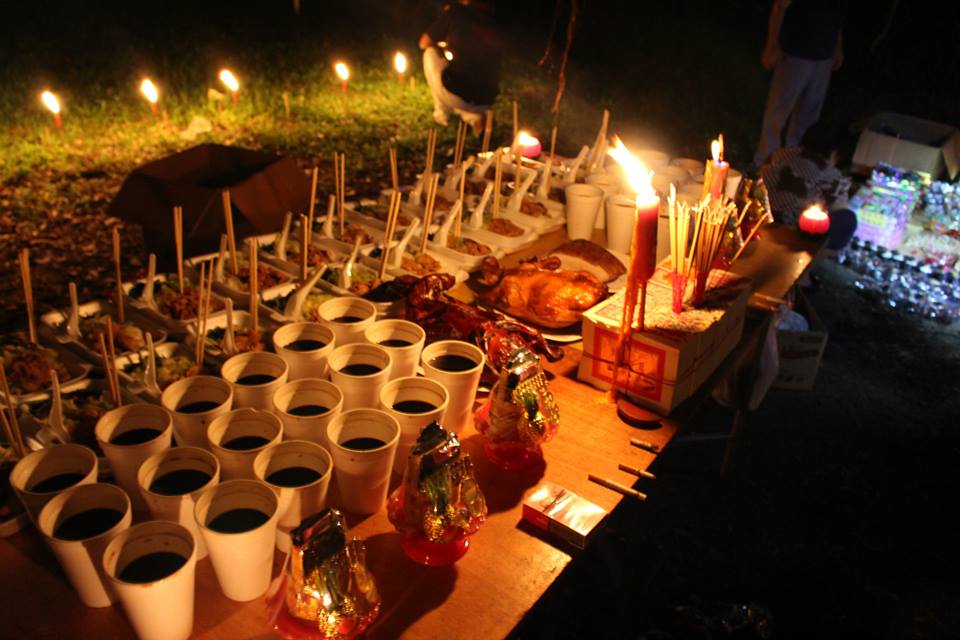
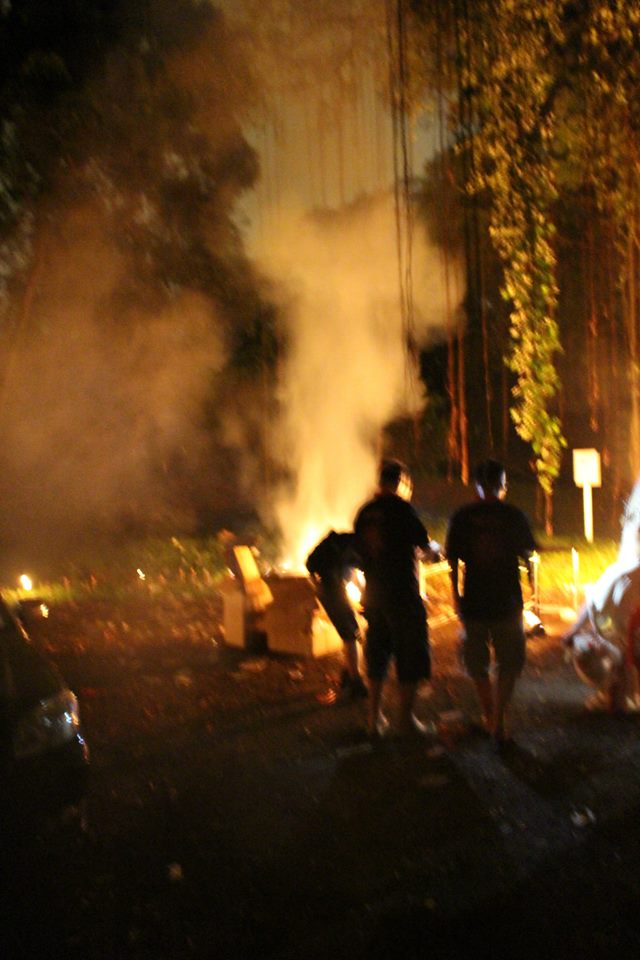

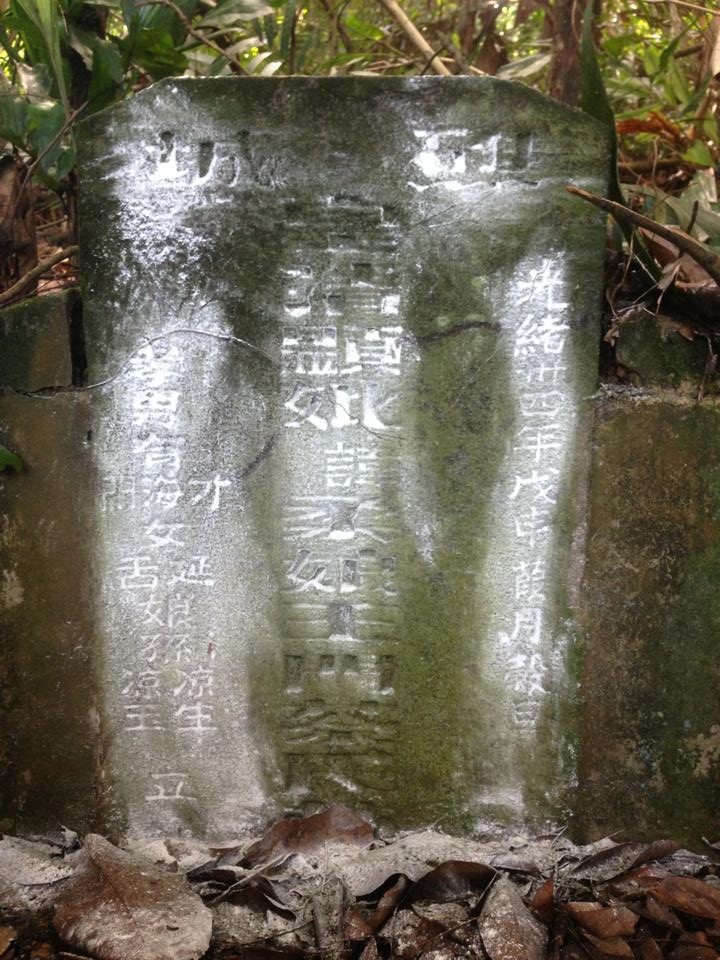
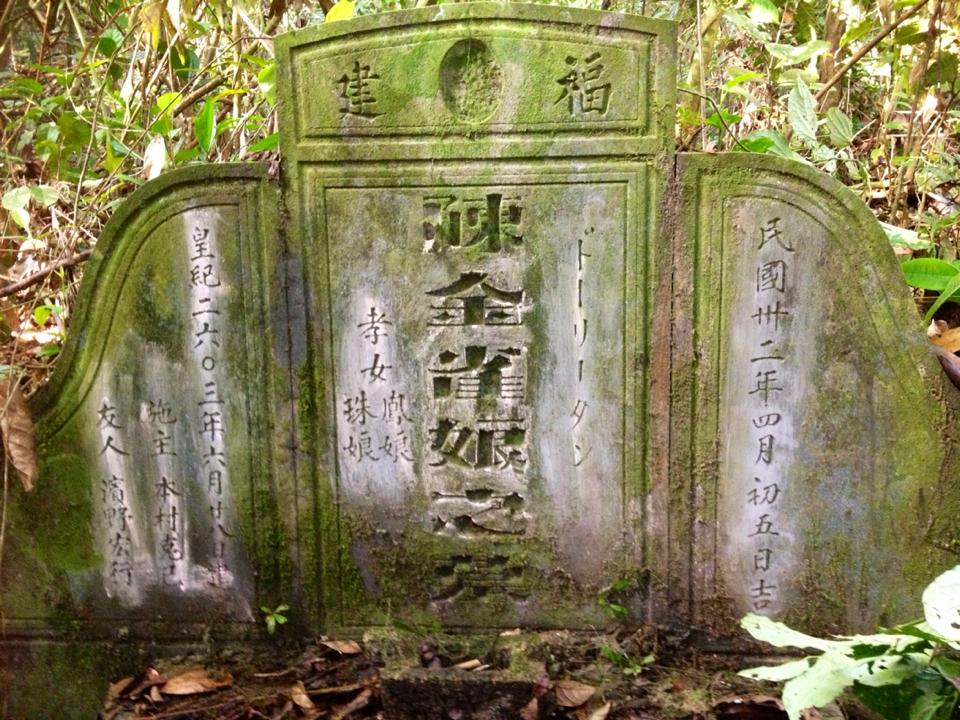

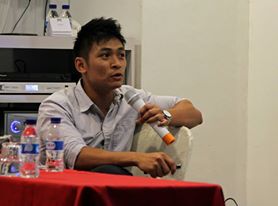
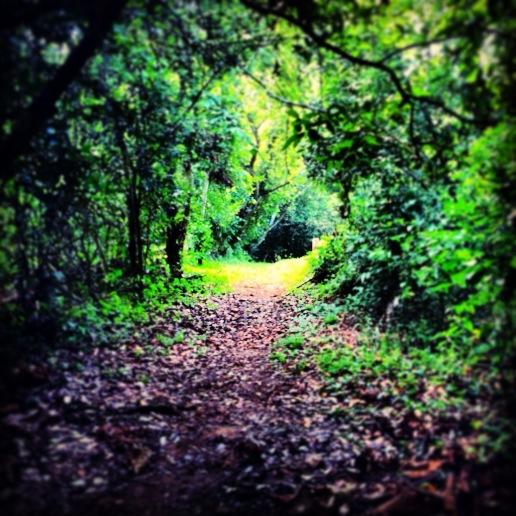
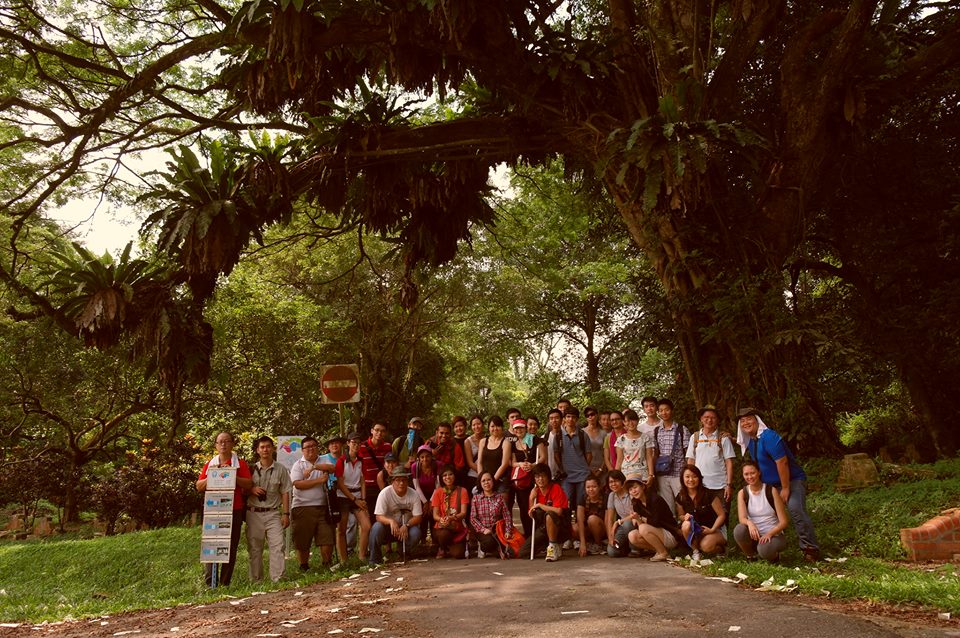



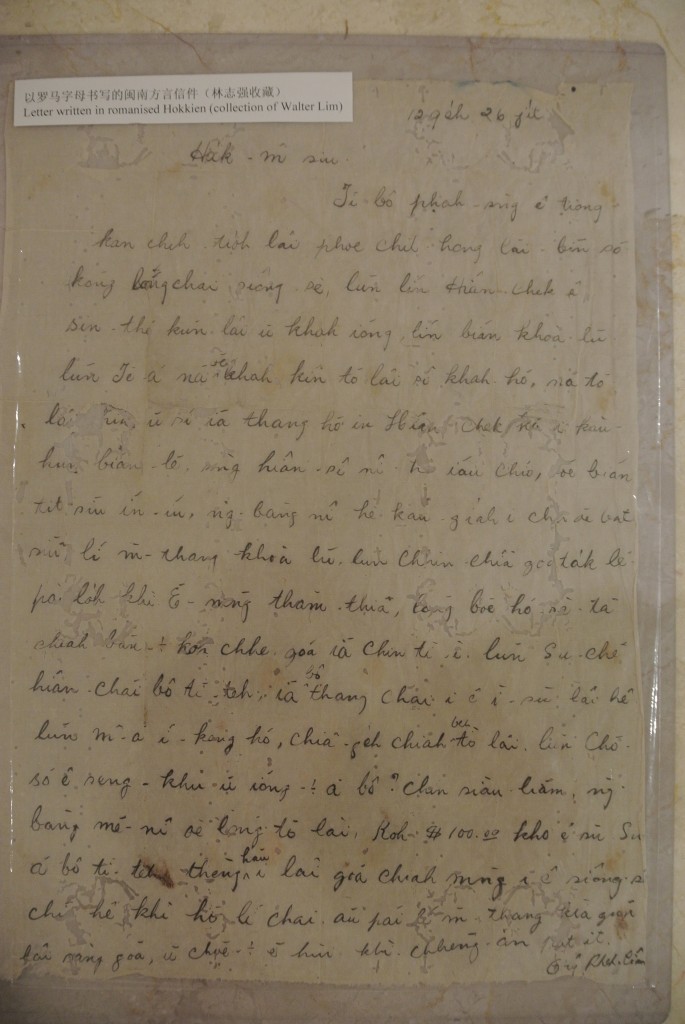
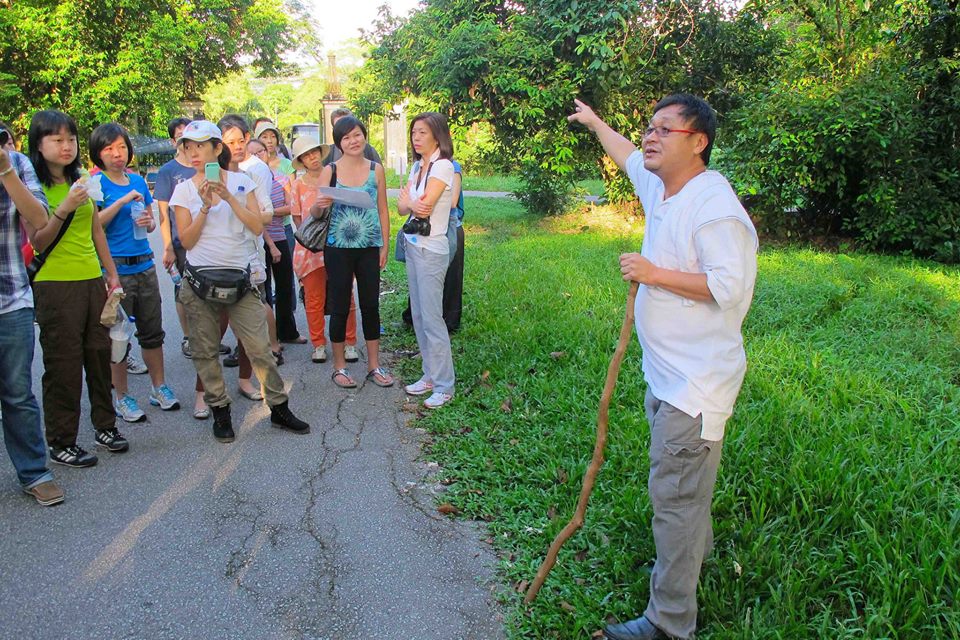
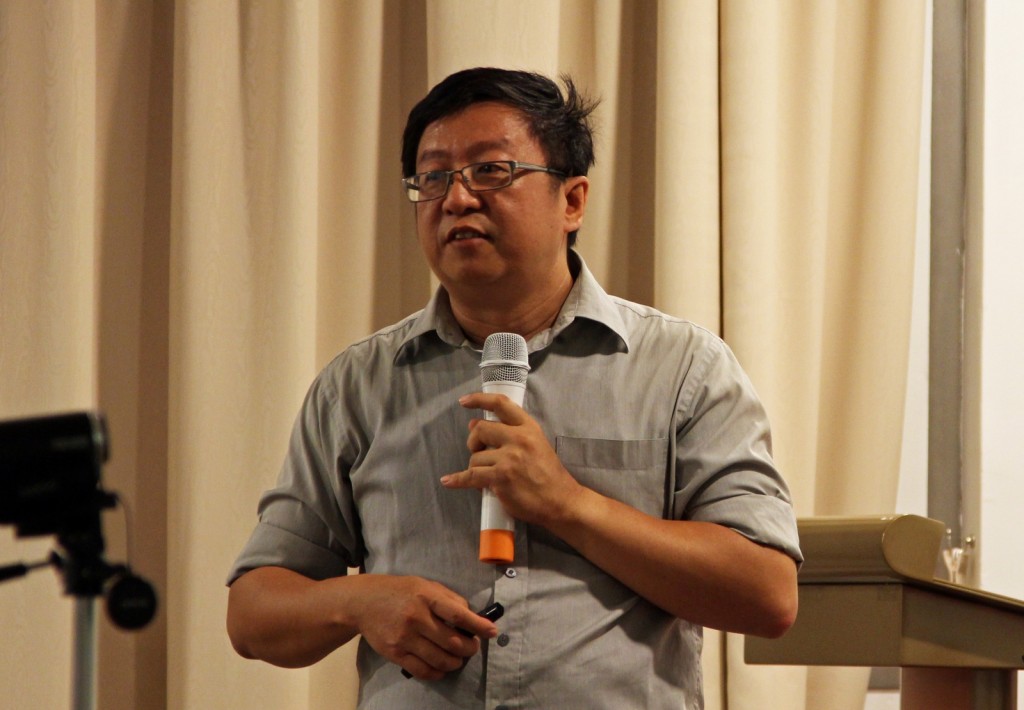
Recent Comments